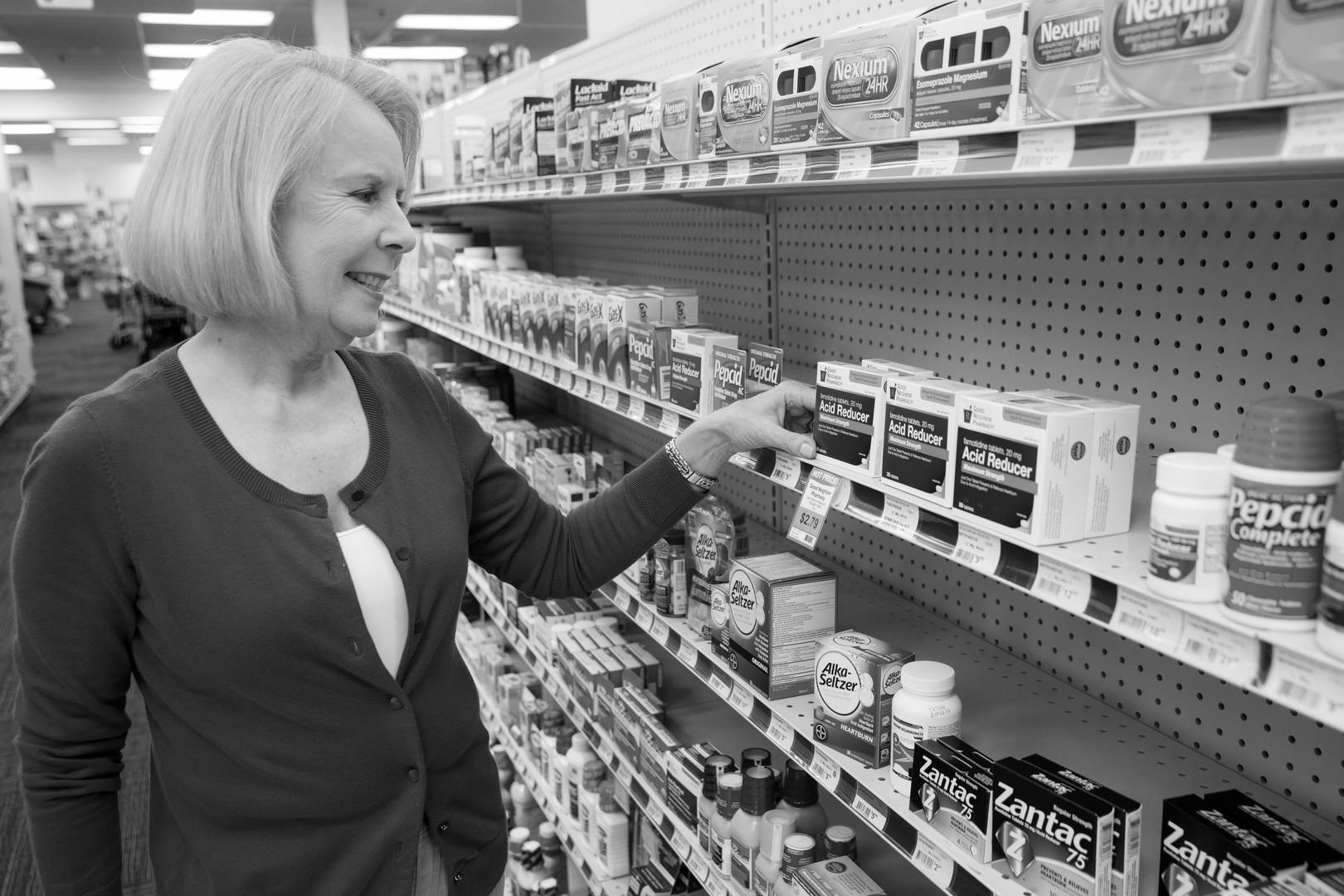Caring for Every Member of the Family, Including the Ones with Four Legs
By Lara Knudsen

Did you know there's a huge untapped market scratching at your pharmacy's door? The answer can be found in the 67 percent of U.S. households that own a pet.1
The focus on community healthcare that makes your independent pharmacy unique in the eyes of current customers should extend to the four-legged friends who share their living spaces. By dispensing veterinary prescription drugs and adding related OTC products to your store's offerings, you can capitalize on a new, profitable revenue stream; make pet care more convenient for dog and cat owners; and strengthen existing patient relationships by providing guidance on how to best care for their pets.
Plus, specializing in pet health gives you additional opportunities to engage customers through animal-themed displays, décor and social media campaigns.
Pet health is trending in your favor
Nearly all pet owners (95 percent) consider their animals to be members of the family.2 Meanwhile, year-over-year spending on pet healthcare has been about 10 percentage points higher than outlays for human healthcare.3 Additionally, due to veterinary advances, today's pet owners are more likely to seek medical treatment for animal conditions or diseases that would have prompted euthanasia 30 years ago.4
The takeaway from these numbers is that serving pets in your pharmacy is not only a natural way to expand how you deliver care to your community, but it’s also a smart business move. You can put pet health into practice in a number of ways:
- Dispensing pet medications
Ask your drug wholesaler if they can help you start dispensing veterinary prescription drugs by giving you access to the most commonly requested medications for dogs and cats, which are the most popular pets in American households. They may be able to provide you with flea and tick treatments, antibiotics, incontinence medications and more.
- Dispensing human drugs for treatment of pets
Some human medications in adjusted dosages can work effectively on animals too. Examples include furosemide (to treat fluid retention), diphenhydramine (itching or skin irritation) and meloxicam (joint pain).
- Compounding pet medications
If a ready-made drug isn't available, offering veterinary compounding in the pharmacy may be appropriate. For instance, methimazole is commonly compounded to treat hyperthyroidism in cats.
- Offering OTC pet products
Your front end should feature a mix of grooming products, such as brushes, nail clippers and tick-removal devices, as well as a range of household items like toys, treats, shampoo, stain removers and waste-disposal bags.
How to market your pet health services
In a lot of cases, your pharmacist or staff may already know existing customers who have pets. It tends to come up in conversation with regular patients as you get to know them and their families. However, don't be shy about taking more proactive measures that help make the connection that your pharmacy is an animal-friendly space. Here are some suggestions:
- Keep a jar of treats on hand so you can give out snacks if you notice a pet riding along in a customer's car when they’re using the drive thru.
- Place clean water bowls at the store entrance during warm-weather months.
- Pay attention to customers roaming your pet aisle and offer assistance in finding the right products.
- Host a contest or drawing with a pet-related item as the prize.
- Post clear signage—along with posters, bag stuffers, window clings and shelf-talkers—directing customers to your pet health items.
- Create buttons for staff with messaging like “Ask about our pet health offerings."
- Include photos of cute pets on your social media channels and ask customers to post pictures of their own pets. Be sure to follow through by responding to customer posts with comments such as “Congratulations on your new puppy! We have all the pet products you need for your new addition."
Make convenience part of the equation
As you ramp up your pet health services and product offerings, keep in mind that good customer interaction helps to build new relationships with pet owners. Consider the following example:
A loyal customer, Ben, visits your store regularly to pick up his two monthly prescriptions and a few other essentials. Your cashier, Susan, notices that Ben has a dog toy from your new front-end section in his basket. Susan engages by asking if Ben has a pet. Ben replies that he actually has both a cat and a dog. Susan has a dog, too, so she quickly bonds with Ben over shared experiences (e.g., dealing with fur, agonizing over the perfect toy or treat). Susan asks if Ben's pets need recurring medications, and if he has to make a special trip to the vet to obtain them. Ben nods yes, for both of his animals. Susan then informs Ben that he could pick up his pets' prescriptions at the same time as his own at an appointed time through the pharmacy's medication synchronization program. Ben acknowledges that it would save him at least a dozen extra trips to the vet's office per year and he'd always be sure to have the right items on hand at home.
Although hypothetical, this scenario illustrates the value of fulfilling human needs at the same time you're serving pets in your pharmacy. It makes sense that if patients like patronizing your store, they would be receptive to consolidating their pet-care errands into a single visit.
From your perspective as a business owner, pet health is an attractive way to diversify into a high-margin area with recurring profits from filling pet prescriptions for maintenance medications. And since pet products are all-cash transactions, you won't have the headaches of collecting full reimbursement for services provided as you often do on the human side of the business.
You’re already providing personalized care to your people patients. Why not add their furry family members to the mix? It’ll bring you that much closer to serving your whole community.
Interested in dispensing pet medications at your pharmacy?

1. American Pet Products Association. Pet Industry Market Size & Ownership Statistics. https://www.americanpetproducts.org/press_industrytrends.asp
2. The Harris Poll. More Than Ever, Pets are Members of the Family. https://www.prnewswire.com/news-releases/more-than-ever-pets-are-members-of-the-family-300114501.html
3. National Bureau of Economic Research. Is American Pet Health Care (Also) Uniquely Inefficient? https://www.nber.org/papers/w22669
4. Ibid.






